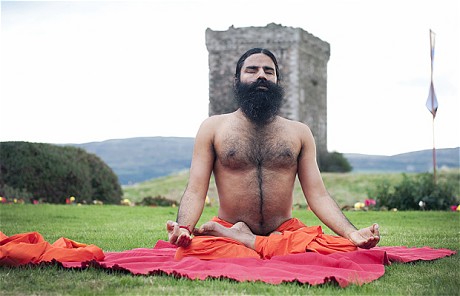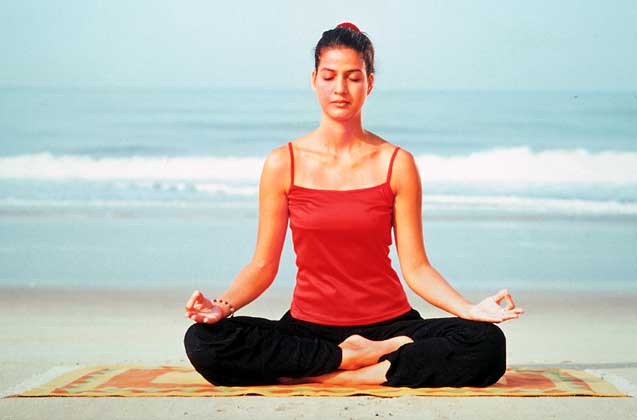The History Of Yoga
Yoga may surprise you. Many people think of yoga as being a series of “funny positions” during which you are supposed to meditate. However, there is much more involved with yoga. It is actually an umbrella word that encompasses physical discipline, religion, and several forms of philosophy.
What is Yoga?
The word “yoga” actually refers to the idea of “yoking” together the mind and the body of the practitioner. The first record of the practice of yoga dates back to the year 1500 BC in India.
In Hatha yoga, the physiology of the human body is defined in 3 categories: the physical, the subtle, and the causal. The “Self” of the person, otherwise known as the atman, is in five layers, visualized much like the layers of an onion. These five layers each have energy flowing through them. These five layers, or “sheaths” are:
- Food (the physical body, made of flesh and bone, fat, skin, and filth)
- Energy (in the form of breath – the life that animates the body)
- Mind (also includes the senses; makes the person who he is and can be changed)
- Wisdom (the intellect, influenced by senses. Can change, has no self-knowledge, and is not always present)
- Bliss (the innermost sheath, only expresses itself during deep sleep)
Besides these physical traits of the human being, there is the subtle traits, which are made up of energies that course throughout each of the layers. These energies flow throughout the layers, or sheaths, and encounter meeting points called chakras. These meeting points can become clogged or polluted, causing illness, mental distress, or any of the other problems that the human being encounters.
The Practices of Yoga
There are many different practices of yoga, as it has both Hindu and Buddhist roots. The word, itself, has multiple meanings. However, it is, in general, meant to describe the yoking together of the human body, mind, and spirit to attain balance and full awareness. The goals of this yoking may be to attain better physical health, emotional healing, or spiritual purity. The different types of yoga typically have different goals, such as those mentioned here, and others.
Westernized Yoga
Yoga came to the western civilizations in the mid to late 1800s. This was during the height of the Victorian era, in which England had a presence on every continent on the planet, and the strange and unusual animals, plants, and sciences of the world were all showcased in the UK. Swami Vivekananda taught the philosophy of yoga to the era’s leading transcendentalists, such as Ralph Waldo Emerson.
Throughout the remainder of the 19th century and through the first half of the 20th century, westernized yoga focused on the transcendental feature of meditation and “getting in touch” with the “inner self”. However, the later part of the 1900s saw a growth in the physical discipline aspect of the movement.
Since the late 20th century, yoga has been seen in the West as an excellent physical exercise and stress maintenance discipline for people of all ages and physical abilities. Fitness boot camps that feature yoga have been becoming more common over the past 10 years and are springing up all over the British countryside.


